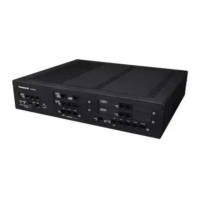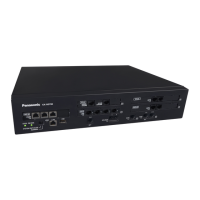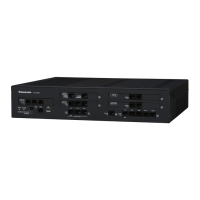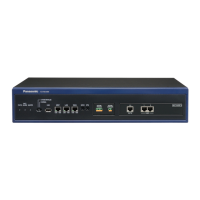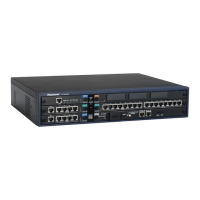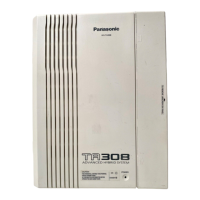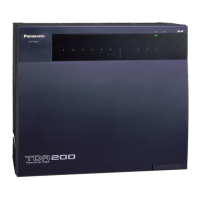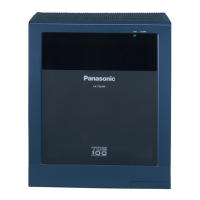2.5.4.6 Trunk Busy Out
Description
The PBX can monitor the loop current sent through analogue trunks, preventing users from seizing trunks
where a loop current is not detected. When loop currents are not detected, trunks are set to Busy Out status,
and become unable to make or receive calls. A trunk in Busy Out status cannot be used for making calls as a
TIE line, as part of a trunk group, or with the ARS feature, and cannot receive trunk calls. If a user tries to seize
a trunk set to Busy Out status, the user will hear a reorder tone.
This is useful if some or all trunks are occasionally unavailable because of problems with the external
telecommunications environment.
Conditions
• Loop current detection is performed on active trunks whenever the trunk is seized and/or at fixed intervals.
• When a trunk is in busy-out status, loop current detection is performed at fixed intervals, returning the trunk
to in-service status once a loop current is detected. An extension assigned as the manager can manually
change the trunk back to in-service status.
• Trunk status changes are recorded in the error log of the PBX.
• Busy Out status is maintained even when the PBX is reset.
• Busy Out status is cleared when:
– a call is successfully received (i.e., a loop current is detected) on that trunk.
– the S-CO button for that trunk is pressed and a loop current is detected.
PC Programming Manual References
9.24 PBX Configuration—[1-1] Configuration—Slot—Port Property - LCO Port—
Busy Out Status
10.6.1 PBX Configuration—[2-6-1] System—Numbering Plan
—Main—Features—
Busy Out Cancel
10.7.1 PBX Configuration—[2-7-1] System—Class of Service
—COS Settings—Manager—
Manager
10.9 PBX Configuration
—[2-9] System—System Options—Option 5—
Busy Out—Busy Out for Analogue
CO
PT Programming Manual References
[511] Manager Assignment
Feature Guide References
5.1.6 Manager Features
User Manual References
2.1.6 Allowing Users to Seize an Unavailable Outside Line
(Trunk Busy Out)
110 Feature Guide
2.5.4 Trunk Call Features
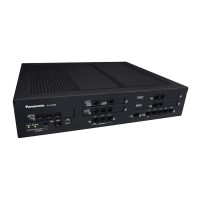
